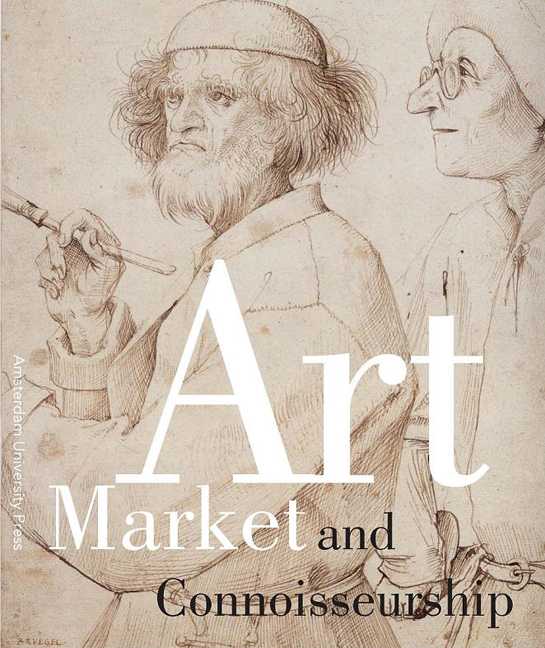 Art Market and Connoisseurship
Art Market and Connoisseurship The Painter Versus the Connoisseur? The Best Judge of Pictures in Seventeenth-Century Theory and Practice
Published online by Cambridge University Press: 15 January 2021
Summary
Introduction
One of the most intriguing types of pictures that emerged in the Netherlands during the Golden Age shows art lovers contemplating art in a collector's cabinet or in an artist's studio. For example, a painting by Jan Breughel the Elder and Hieronymus Franken depicts Archduke Albert and Archduchess Isabella together with a group of elegantly dressed men and women in a collector's cabinet (fig. 1). Despite the verisimilitude of such scenes, many elements depicted were almost certainly fanciful. In this case, the grandeur of the architectural setting does not match the size of private residences at the time, and the fact that the same setting was used in two other pictures showing different art lovers, also suggests that the scene is imaginary. Rather than records of actual events, such pictures were presumably variations on a popular theme. Art lovers must have liked looking at pictures of other art lovers contemplating art.
A close look at the Breughel and Stalbemt picture presumably encouraged art lovers to discuss positive and negative attitudes towards the liberal arts. A picture within this picture (prominently placed in the foreground) shows a negative counterpart of the main scene: figures smashing paintings and instruments in a collector's cabinet (which recalls the violent iconoclasm of 1566, when many works of art were indeed destroyed). While their clothing may suggest that these figures are human, their heads give them away: the figure standing on the table is a donkey, the one smashing pictures on the ground a monkey – animals associated with ignorance and rudeness.
The positive attitude of the art lovers in the main scene is thus reinforced by the contrast to ignorance and boorishness. Such explicit comparisons are rare in seventeenth century pictures of art lovers. Most of them simply show people respectfully contemplating art without a negative counterpart (fig. 2. Pieter Codde, Art Lovers in a Painter's Studio, c. 1630 Staatsgalerie, Stuttgart). The depicted art lovers are as a rule well-dressed and seem to study the works thoroughly, now and again from very close up. Moreover, they often point to the paintings, which suggests that they are talking about the works.
- Type
- Chapter
- Information
- Art Market and ConnoisseurshipA Closer Look at Paintings by Rembrandt, Rubens and Their Contemporaries, pp. 127 - 147Publisher: Amsterdam University PressPrint publication year: 2008


